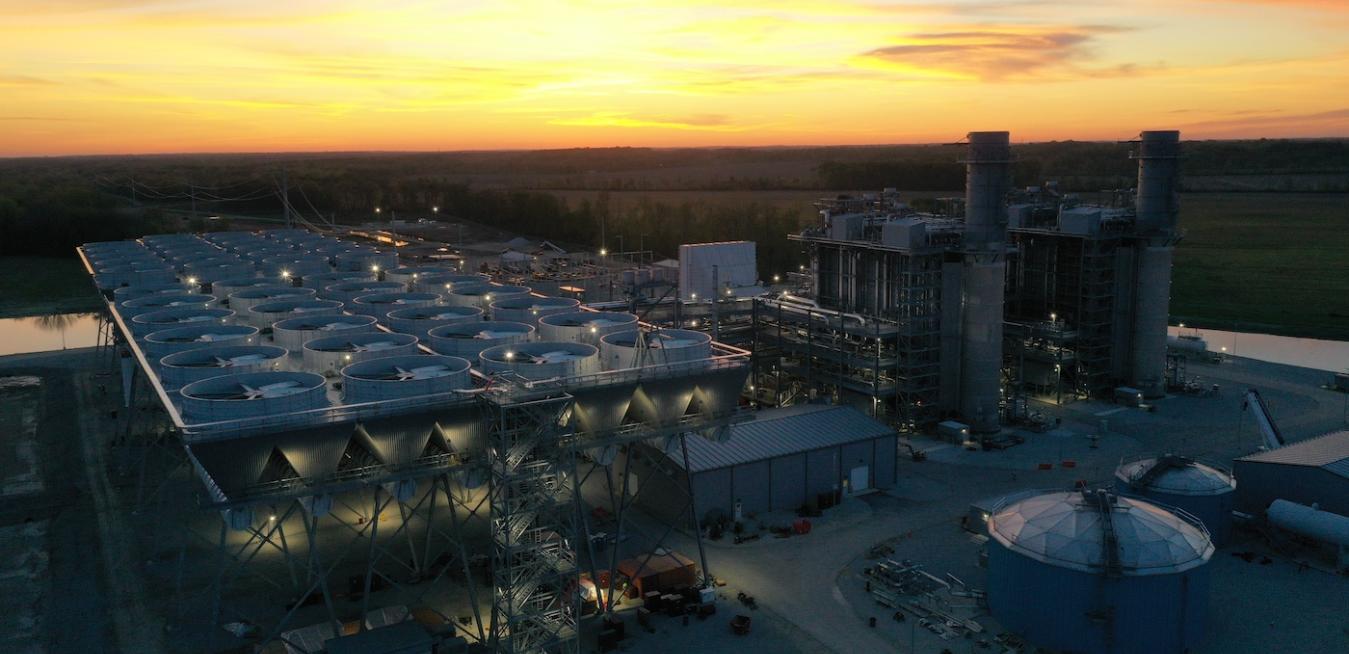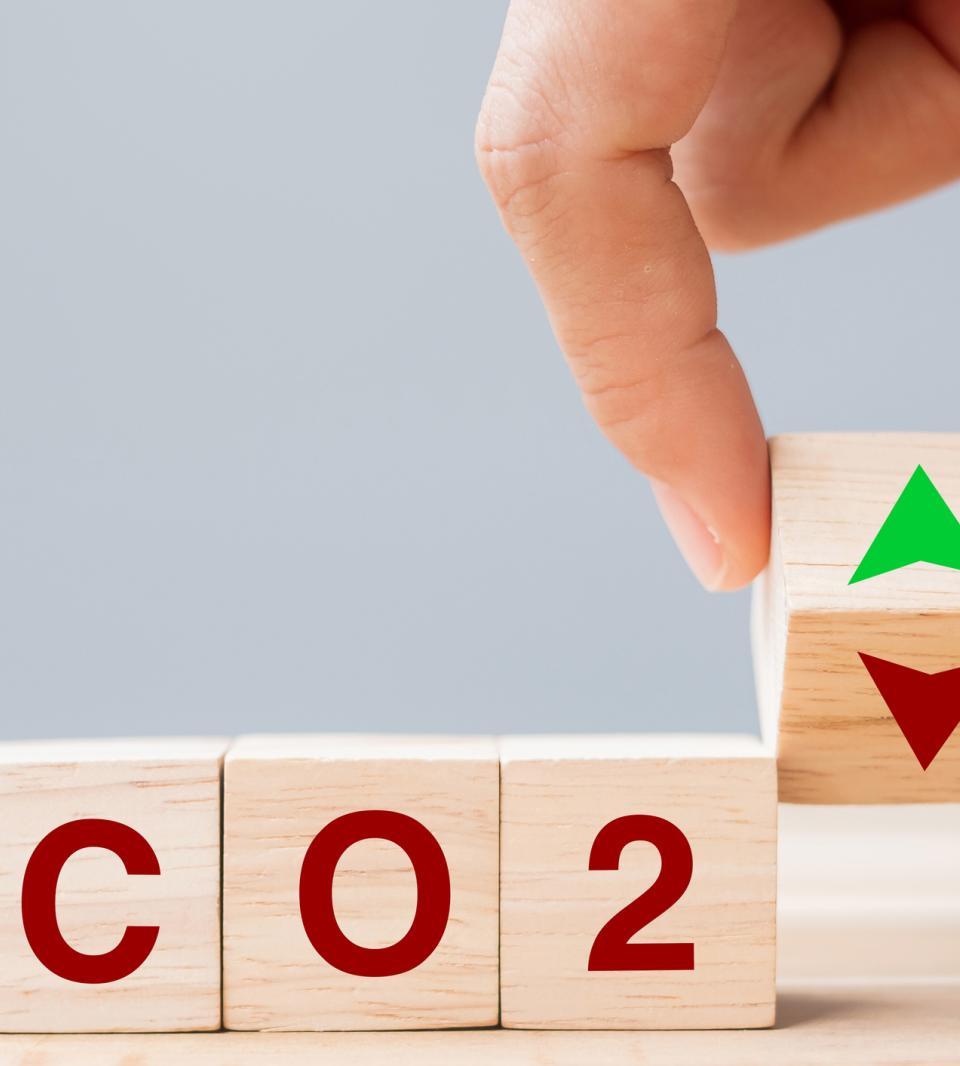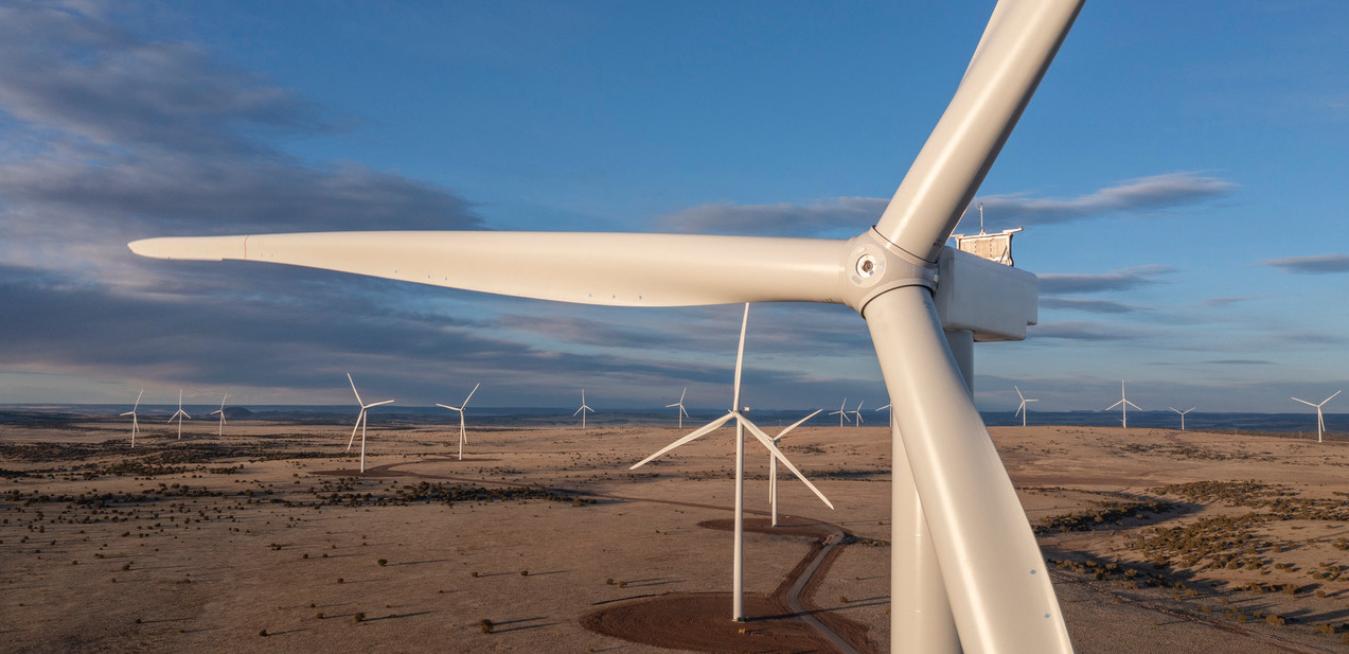- GE’s 7HA.03 gas turbine is the largest, most efficient and flexible 60 Hertz gas turbine currently in operation globally
- The approximately 1,260-Megawatt Dania Beach Clean Energy Center is powered by two of GE’s 7HA.03 gas turbines
- Dania Beach Clean Energy Center replaced an aging power plant and now produces the equivalent electricity needed to power approximately 250,000 South Florida homes with around-the-clock power, reduces emissions by 70% compared to the previous plant, and helps enable FPL to continue America’s largest solar e
business unit
tags
Like the rest of America, Michigan’s economy is running cleaner these days. Mostly that’s due to a decade-long progressive reduction of coal as an energy source as states from Texas to Illinois shutter old World War II–era plants, replacing them with renewables and natural gas. And the Wolverine State is doing its part. In 2020, natural gas surpassed coal in Michigan for the first time, and now is responsible for 37% of the state’s energy production, while coal fell to third place, behind nuclear.
Indira Gandhi International Airport, in Delhi, can claim a host of superlatives: It’s the busiest in India, with some 37 million passengers passing through last year, and in March it became the second busiest in the world — after Atlanta’s airport — in terms of airliner seat capacity. Now it can boast another. The airport is the first in India to operate entirely on power generated by a combination of sun and water. It’s also the first of its size in the world to run completely on renewables.
Four years ago, Polish authorities were planning to construct what was to be possibly the last large coal-fired power plant in Europe. Workers had already laid the foundations and cooling towers, and coal boilers were selected for the 1,000-megawatt (MW) project in Ostroleka, a small city northeast of Warsaw.
In 2020, GE made a commitment to become carbon-neutral in its own operations by 2030, and the following year the company announced that it is going even further, reaching net zero by 2050 — including the Scope 3 emissions that result from the use of sold products. As the company unveiled its 2021 Sustainability Report this week, we looked back at some of this year’s biggest developments, which include offshore wind, hydrogen fuel, carbon capture and sequestration, small modular nuclear reactors, pumped hydro and other technologies.
Last week, when President Joe Biden spoke at the launch of the new Federal-State Offshore Wind Partnership — set up to speed the growth of the offshore wind industry in the United States — he highlighted the Haliade-X, a powerful turbine developed by GE Renewable Energy to serve customers around the world.
Countries and companies have been looking for ways to cut carbon, and the aviation industry, which contributes about 2% of global carbon emissions, is no different. In 2021, the Air Transport Action Group, whose members include GE Aviation, declared the aviation industry’s commitment to a goal of net-zero carbon emissions by 2050.
- GE is Awarded two projects from the US DOE totaling more than $12M to develop and test key components required for high hydrogen combustion
- GE Gas Power will develop and test components with 100% hydrogen fuel stream
- GE Research will study the application of hydrogen components to create a substantial increase in power plant efficiency
- Projects will build upon GE’s H-Class recent “utility-scale” gas turbine demonstration utilizing hydrogen with Long Ridge Energy Terminal as part of world’s first advanced class Hydrogen Burn
business unit
tags
Qantas pilot Captain David Summergreene has spent a quarter of a century flying passenger jets around the world. But his epiphany came while he was sitting at his desk and staring at rows of numbers on a computer screen that illustrated how the Australian national carrier was using jet fuel. “For the first time, I was able to self-service as a pilot to look at some of the most interesting metrics to me, rather than having to go to an analyst and ask, ‘Can I have this information, please?’” he says. “I was just overwhelmed by this; I was like a kid in the candy shop.”
At this week’s Milken Institute Global Conference in Los Angeles, GE Chairman and CEO Larry Culp said there was “no one technology that will carry the day” when it comes to the energy transition. Instead, he said, the world needs to deploy a variety of approaches to address what he called the “trilemma” — reliability, affordability, and sustainability. “In many respects, we need just about everything that we can muster, both in terms of what we have today and what we’ll have as a result of innovation going forward,” he said.











